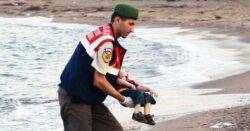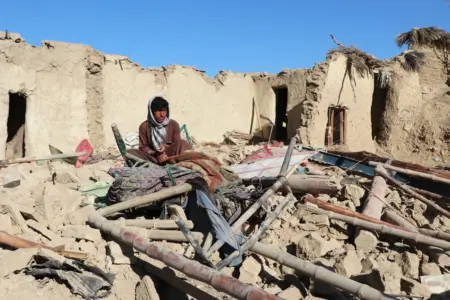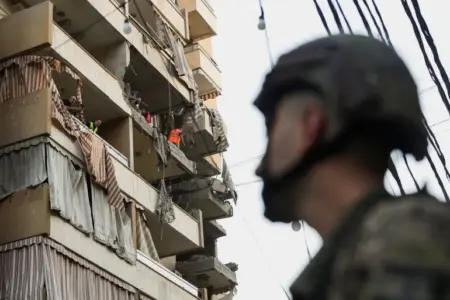A police officer carrying Alan’s body found on a beach near Turkey’s resort Bordum (Picture: AP)
Eight years have passed since the lifeless body of Alan Kurdi washed up on a beach in Turkey and stopped the world in its tracks.
Photographs of the drowned Syrian toddler splashed across newspaper front pages and primetime broadcasts roused millions to the human tragedy of Syria’s refugee crisis.
In the early hours of September 2, 2015, Alan’s family crowded onto a small inflatable boat on the beach of Bodrum.
But just minutes into their treacherous journey to Greece, the dinghy which smugglers had cramped them into capsized.
The three-year-old boy died after a dinghy his family was on capsized (Picture: AP)
Alan, his older brother Ghalib and his mother Rihanna all drowned. Only his father Abdullah survived.
In death, the three-year-old became a defining symbol of the suffering of millions of refugees.
Anger over this needless horror should have marked a turning point in how world leaders respond to the global refugee crisis, but today charities continue to warn no lessons have been learned.
In fact, politicians seem even more determined to keep children like Alan, who are fleeing conflict and poverty, far away from the shores of Europe.
Alan, left, and his brother Galib, who also drowned in the incident (Picture: AP)
Just a week ago, four children – three girls aged 14, eight and 11 months, and an eight-year-old boy – drowned off the Greek island of Lesbos.
A woman and child were found unconscious off the island of Samos hours before this in a separate incident.
Three children were among the 41 migrants who drowned on their way from Tunisia to the Italian coast on August 9. And these individual tragedies scarcely scratch the surface of the human suffering caused by global conflict.
In the years since Alan’s death, some 20,000 lives and counting have been lost in the Mediterranean Sea. Roughly half have never been found, according to figures from the Missing Migrants Project.
The toddler died on September 2, 2015 (Picture: AP)
Further data from UNICEF shows at least 289 children are known to have died at sea in the first six months of 2023 while attempting to reach Europe.
It is nearly double the number recorded in the first half of 2022, UNICEF said in July.
Verena Knaus, UNICEF’s global lead on migration and displacement, stressed that the Mediterranean Sea is one of the deadliest migration routes in the world.
‘Driven by conflict and climate change, more and more children are putting their lives at great risk while making the dangerous journey across the Mediterranean Sea to Europe,’ she said.
‘This year, 289 children have died at sea. It is the equivalent to about 11 children dying each week – far beyond what we hear in news headlines.
‘This is nearly double the number of children dying at sea compared to last year – 150.
‘In the first six months of this year, we estimate 11,600 children made the crossing – again, nearly twice as many as in the same period in 2022.
‘Making matters worse, these figures from the first six months of 2023 are likely to be underestimates.
‘Many shipwrecks on the Central Mediterranean Sea crossing leave no survivors or go unrecorded, making the true number of child casualties practically impossible to verify.’
Ms Knaus described these deaths as ‘preventable’ and called on governments to protect the rights and best interests of children in line with their obligations under national and international law.
Get in touch with our news team by emailing us at [email protected].
For more stories like this, check our news page.
Alan Kurdi’s death became a symbol of the global refugee crisis.





